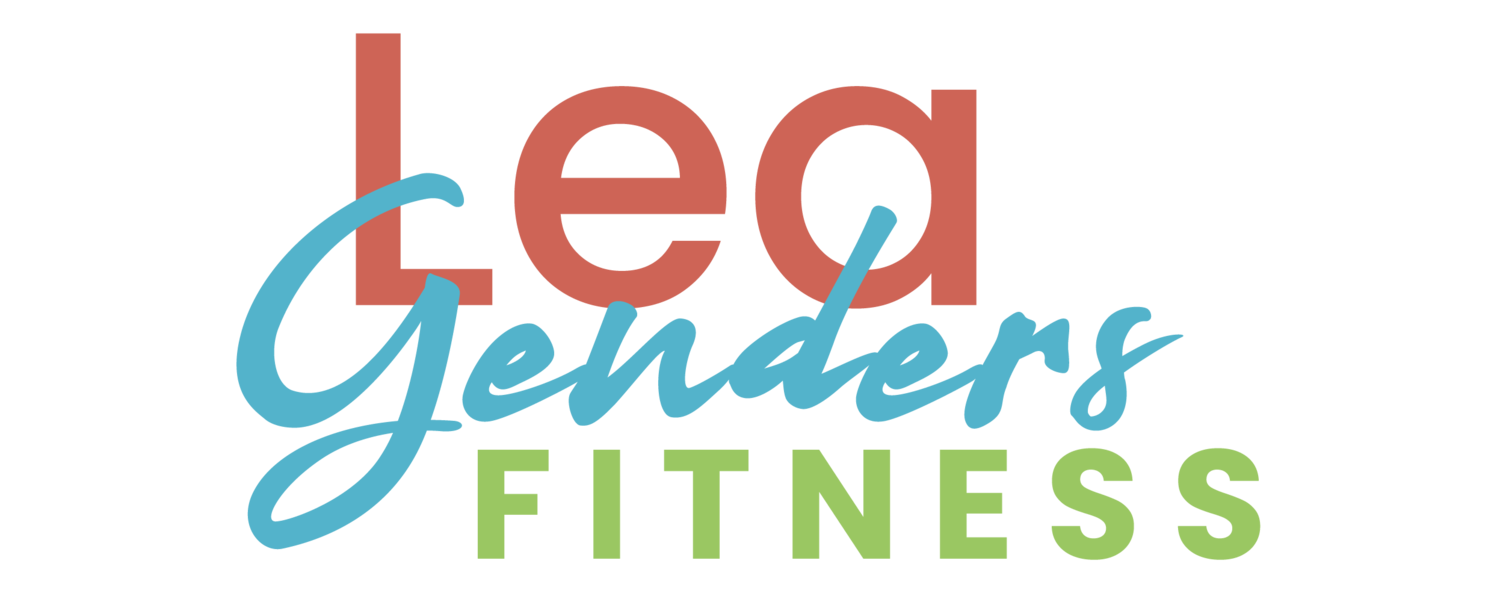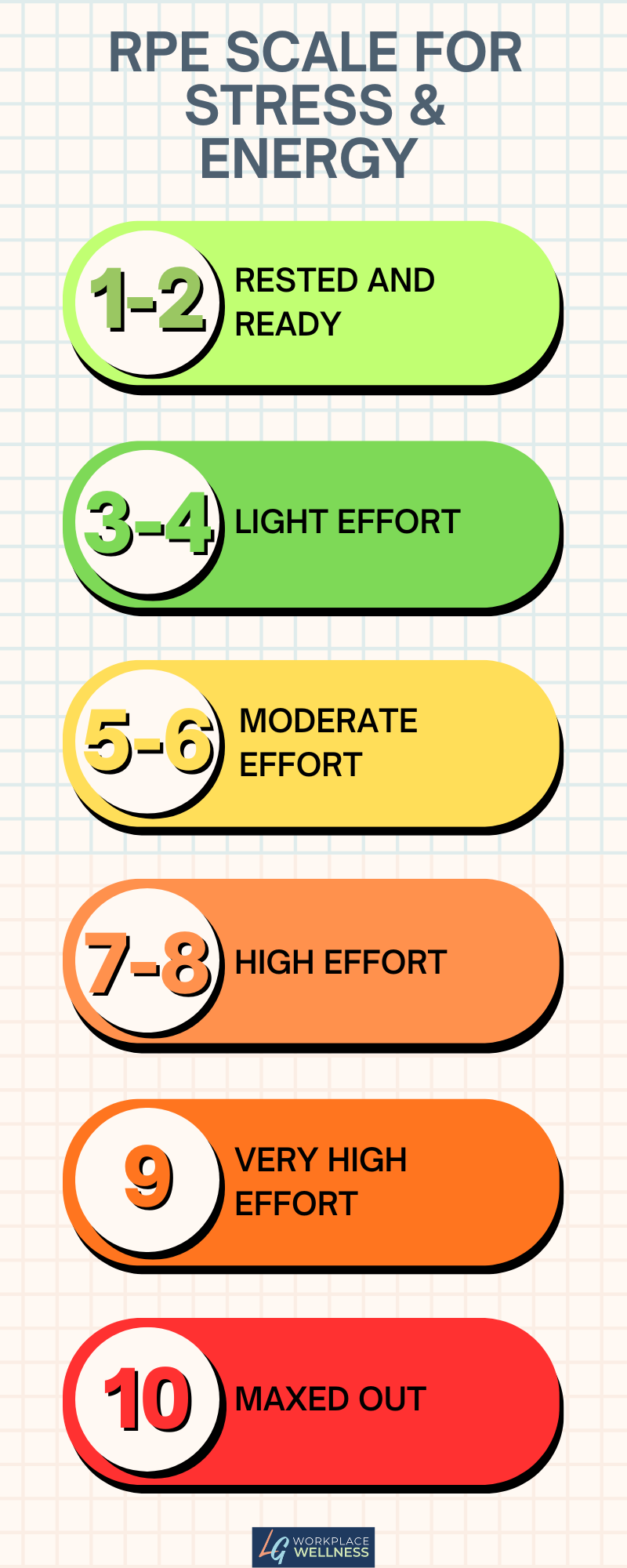I’ve been running for more than twenty years, and coaching more than ten, and nearly every summer in the Texas heat I have the same thought: “Why do I suddenly suck at running?”
One month I’m cruising through my workouts. The next, everything feels harder. My pace slows. I shorten my runs to under twenty minutes or I add walk breaks. It is easy to assume something is wrong with me, but nothing about my fitness changed. The weather did.
When it is hot, your body works harder to cool itself. More blood goes to the skin to release heat, which means less blood is available to send oxygen to your working muscles. Your heart rate climbs faster. You dehydrate more quickly. Energy drops. All of this makes running legitimately harder in the heat. Even though I know all of this, my first thought is usually self-judgement, until I step back and remember it’s not me, it’s the environment.
Instead of recognizing normal changes in our environment, we tend to judge ourselves. We think we are losing fitness capacity when what we are experiencing is completely normal and expected.
This is why the RPE scale is so valuable.
What Is RPE and Why Does It Matter?
In running, there is a method to measure effort called RPE: Rate of Perceived Exertion. It helps you assess how hard you are working based on internal cues like breathing and overall effort instead of relying only on pace, heart rate, GPS, or comparison to other runners.
It is meant to be subjective on purpose, because perception is reality.
A level seven effort still feels like a seven, but on a cool fall morning that seven might translate to a much faster pace than it would in the middle of a Texas summer. Same runner., same effort, but very different conditions.
RPE Builds Awareness and Self-Trust
RPE works because it teaches you to respond to your reality.
You slow down when it is hot.
You back off when you are fatigued.
You speed up when you are fueled, rested, and conditions are favorable.
Using the RPE scale builds awareness. It invites self-reflection instead of criticism. It helps you trust what your body is saying without relying on technology to tell you how you should feel. It prevents you from comparing today’s effort to a day when you had more sleep, less stress, or cooler weather. Or worse, comparing yourself to another runner.
You Don’t Have to Be a Runner to Use This
The RPE scale comes from the fitness world, but the concept applies far beyond workouts.
It is a 1–10 scale that measures how hard something feels. One is almost no effort. Ten is an all-out effort you could not sustain. The number is based on perception, not performance.
As a workplace example, A level seven is always a level seven in terms of effort. What changes is what that level seven produces.
When you are under high stress, low sleep, or carrying a heavy mental load, even lighter output can still feel like a seven. The same task simply feels harder because your internal load is already high.
When you are rested, focused, and fueled, level seven still feels challenging, but you can produce more at that same effort level.
That is the value of RPE. It reminds you that effort is relative to your current capacity. By paying attention to how hard something feels, not just how much you get done, you can pace your energy, make smarter adjustments, and avoid burnout.
You don’t have to be an athlete to benefit from noticing your effort and adjusting your pace based on what you’re carrying that day.
Effort Looks Different Under Different Conditions
Every day, you are managing your own version of workload, stress, and recovery. Some days you wake up rested and ready to take on big projects. Other days you are operating on limited sleep, juggling deadlines, and running on caffeine and sheer willpower. On paper, the output might look the same. But the internal effort is not.
That is where a workplace version of RPE can help. RPE isn’t only about physical effort. It’s about cognitive load.
An RPE 3 at work might look like answering emails or organizing your desk: light and manageable.
RPE 6 feels like being deep in a project, fully engaged, but still in control. Similar to steady-state running, you’re working at a pace you can sustain.
RPE 9 is panic mode. The deadline gets moved up. You hit “reply all” on a snarky email meant for one coworker and suddenly everything feels like a fire drill. At this level, your brain shifts into survival mode and you start borrowing mental resources from problem-solving and decision-making just to react in the moment. That is when mistakes multiply, communication breaks down, and burnout starts to creep in.
Perception is reality. How hard something feels affects how we perform.
When we pay attention to our mental RPE, we can pace our workload, protect recovery, and prevent the crash-and-burn cycle most professionals accept as normal.
The Workplace RPE Scale: Rate of Perceived Effort for Daily Well-Being
Rate of Perceived Effort Chart to Manage Stress & Energy at Work
1–2: Rested and Ready.
Energy feels high, and focus comes easily. Stress is low, sleep and nutrition are solid, and you feel supported.
Common Signs: Clear thinking, a steady mood, and motivation feel natural.
Helpful Adjustments: Maintain your current habits. Use this time for creative or strategic work that requires deeper focus.
3–4: Light Effort
Common Signs: Workload feels manageable with some room for flexibility. Minor stress or brief sleep deprivation may be present, but it is not disruptive. You feel capable and productive.
Helpful Adjustments: Keep consistent routines. Protect time for short breaks and moments of movement or connection.
5–6: Moderate Effort
Common Signs: The day feels full but manageable. Energy is decent, though recovery is slipping: less sleep, quick meals, fewer pauses. You're getting things done, but feel drained by the end of the day.
Helpful Adjustments: Simplify meals, block focus time, and plan an early night to prioritize sleep.
7–8: High Effort
Common Signs: Deadlines, meetings, or personal stress are piling up. Focus takes more energy. You may feel tense or short on patience.
Helpful Adjustments: Take a real lunch break. Limit multitasking. Communicate boundaries if the workload feels heavy.
9: Very High Effort
Common Signs: You're stretched to capacity. You're operating more on discipline than energy: fatigue, distraction, irritability, or forgetfulness.
Helpful Adjustments: Step away briefly. Ask for help. Reschedule what can wait.
10: Maxed Out
Common Signs: Complete overload, physical, mental, or emotional. Performance and patience are declining. Exhaustion, detachment, or loss of motivation.
Helpful Adjustments: Rest. Prioritize recovery. Nothing productive happens without it.
How to Use This Scale
Use this as a quick internal check-in before your day begins or midway through it. Ask yourself: Where am I on this scale right now? Then notice what's influencing that number: sleep, stress, nutrition, workload, or support.
If you're consistently landing above a seven, that signals that current demands may be outpacing recovery. The response isn't to push harder, but to adjust intentionally: take shorter meetings, protect breaks, ask for support, and build in recovery that fits your reality.
The more often you pause to notice your internal RPE, the better you'll become at pacing yourself. You'll start to recognize when to lean into a challenge and when to pull back. That awareness keeps performance sustainable and helps you stay steady through changing conditions.
In my work as a personal trainer and board-certified health coach, I teach people to pay attention to their physical and mental effort, just as runners do. The focus stays on awareness and self-regulation, understanding how the body and mind respond to stress, fatigue, and rest. That insight helps people make better choices that protect their energy and improve performance over time, and not feel guilty when circumstances outside of their control are making life feel harder.
WHAT’s YOUR RPE TODAY?
To build awareness, start with something simple. Notice your effort before you act. With practice, it becomes easier to find a steady rhythm that supports both your work and your well-being.
When life starts to feel heavy, I think back to that moment when I asked myself why I suddenly felt like a terrible runner. It wasn’t that I lost fitness. The conditions changed and the effort required went up. The same thing happens in life. When your load increases, it may feel harder, but it does not mean you can’t handle it. Noticing the factors at play helps you adjust with less judgment and more clarity, so you can keep moving forward with confidence.
Questions? I’d love to help.
Lea
Lea Genders is a board-certified health coach, personal trainer, and workplace wellness consultant based in Fort Worth, TX. She offers corporate wellness programs for employee health and productivity, as well as in-person and virtual training / coaching for individuals worldwide. Her blog shares expert guidance on strength training, running, and sustainable nutrition @fortworth_trainer












Much of what we experience as suffering is just the story we tell ourselves about a situation. Recently, this simple shift in perspective gave me the clarity to finally make a massive decision I have been putting off for years. It is time for a major update.